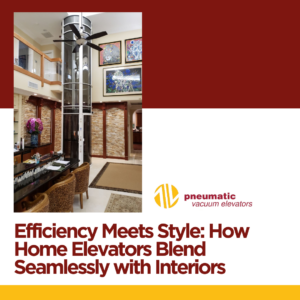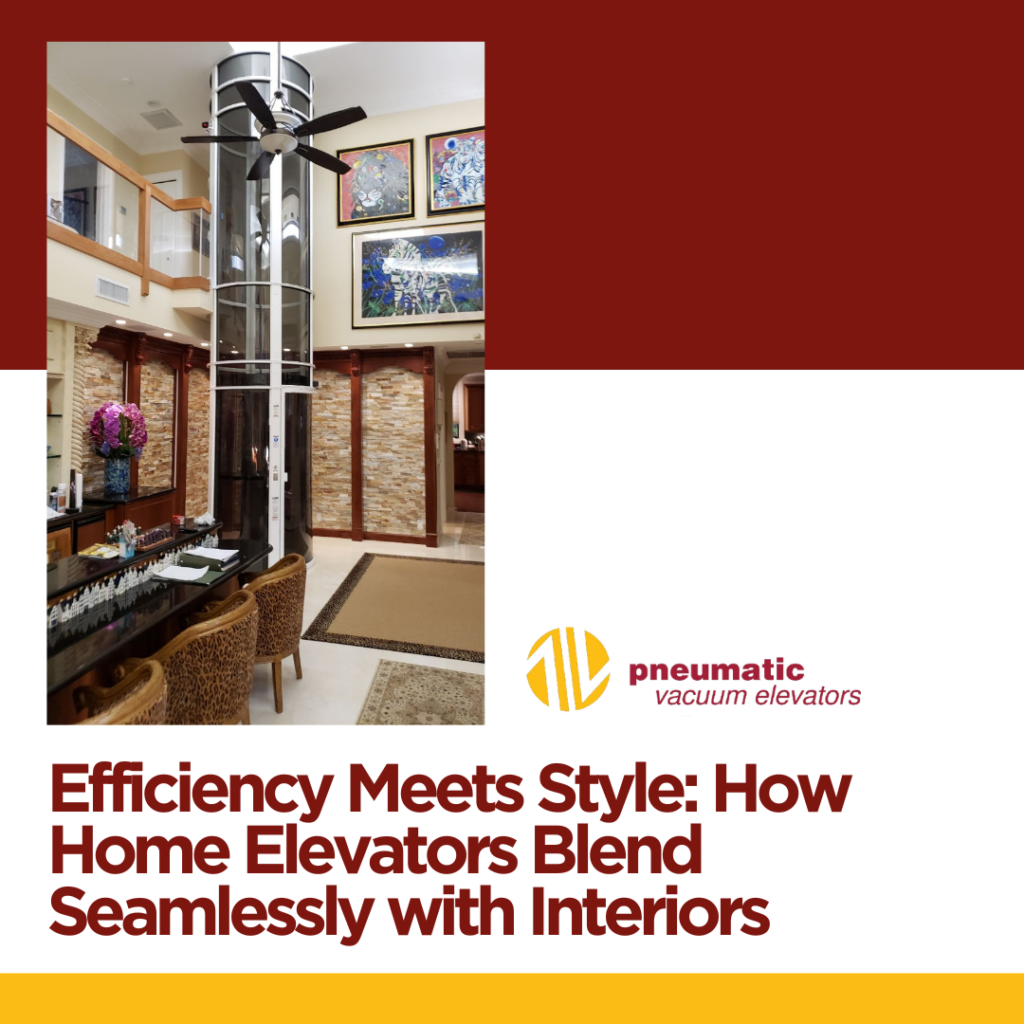
Firstly, elevator designs play a pivotal role in shaping the visual appeal of a space, transcending their utilitarian purpose to become focal points and design elements within a building. So, the integration of these designs is a nuanced process, requiring a harmonious balance between functionality and aesthetics.
Strategic Placement for Aesthetic Impact
The placement of lifts within a building is a strategic decision that profoundly influences the overall aesthetic. However, architects and designers carefully choose locations to ensure lifts seamlessly blend with the surrounding environment, whether it’s a residential home, commercial space, or a public facility.
Materials and Finishes: Elevating Style
One of the defining aspects of lift design is the choice of materials and finishes. Lifts can feature a spectrum of materials, from sleek stainless steel to warm wood finishes. So, these choices are not just about durability but also about enhancing the visual appeal and cohesiveness with the interior decor.
Summary:
- Lifts strategically placed within a building to seamlessly blend with the environment.
- Architects and designers make careful decisions to ensure lifts become visual assets.
- Placement considerations for residential homes, commercial spaces, and public facilities.
Customization: Tailoring to Unique Styles
So, the ability to customize lift designs allows for a tailored approach that aligns with the unique style of the building or residence. From cabin interiors to external facades, customization ensures that lifts seamlessly integrate with the existing design language.
Artistic Expression in Cabins: Beyond Functionality
Modern lift designs transcend mere functionality to become canvases for artistic expression. Cabin interiors offer an opportunity for designers to introduce themes, artwork, or unique lighting, transforming the lift into a dynamic and engaging space.
Summary:
- Lift designs are customized to align with the unique style of a building or residence.
- Customization extends from cabin interiors to external facades.
- The role of tailored design in enhancing the overall aesthetic cohesiveness.
Innovative Technologies: The Marriage of Form and Function
The evolution of lift design is closely tied to technological advancements. The incorporation of innovative technologies not only enhances operational efficiency but also opens avenues for creative design solutions. Smart controls, dynamic lighting, and touchless interfaces exemplify this union of form and function.
Spatial Considerations: Adapting to Architectural Constraints
Lift designs must adapt to the spatial constraints of a building. Architects and designers work collaboratively to ensure that lifts seamlessly fit into available spaces, providing vertical transportation without compromising the architectural integrity.
Summary:
- Lift designs evolve with technological advancements.
- Integration of smart controls, dynamic lighting, and touchless interfaces.
- How technology enhances both operational efficiency and creative design solutions.
Lighting Design: Setting the Mood
The role of lighting in lift design cannot be overstated. Thoughtful lighting design creates ambiance, highlights design elements, and contributes to a sense of luxury. Dimmable LEDs, accent lighting, and strategic placement of fixtures are crucial aspects of this design consideration.
Sustainability in Design: A Growing Imperative
Contemporary lift designs increasingly prioritize sustainability. The use of energy-efficient technologies, eco-friendly materials, and designs that align with green building principles are becoming integral to modern lift solutions.
Summary:
- Importance of lighting in lifts for creating ambiance and highlighting design elements.
- Features like dimmable LEDs, accent lighting, and strategic fixture placement.
- The role of lighting in elevating the overall mood and aesthetic experience.
In conclusion, lifts transcend their functional role to become artful elements that define the visual narrative of a building. Transition words like “beyond,” “seamlessly,” and “thoughtful” guide the exploration of the various facets of lift designs, emphasizing their impact on interior aesthetics. These designs are not mere conduits; they are artful contributors to the overall visual narrative, enhancing the beauty and functionality of the spaces they serve.
FAQ: Frequently Asked Questions
Q1: How does strategic placement enhance elevator aesthetics?
A1: Strategic placement involves careful decisions by architects and designers to seamlessly integrate lifts within a building, making them visual assets that enhance overall aesthetics.
Q2: Can lift designs be customized to match unique styles?
A2: Absolutely. Lifts are highly customizable, allowing for tailoring to unique styles, from cabin interiors to external facades, ensuring coherence with the building’s design language.
Q3: What role do innovative technologies play in lift designs?
A3: Innovative technologies in lifts go beyond operational efficiency; they contribute to creative design solutions, marrying form and function for a modern and seamless user experience.


